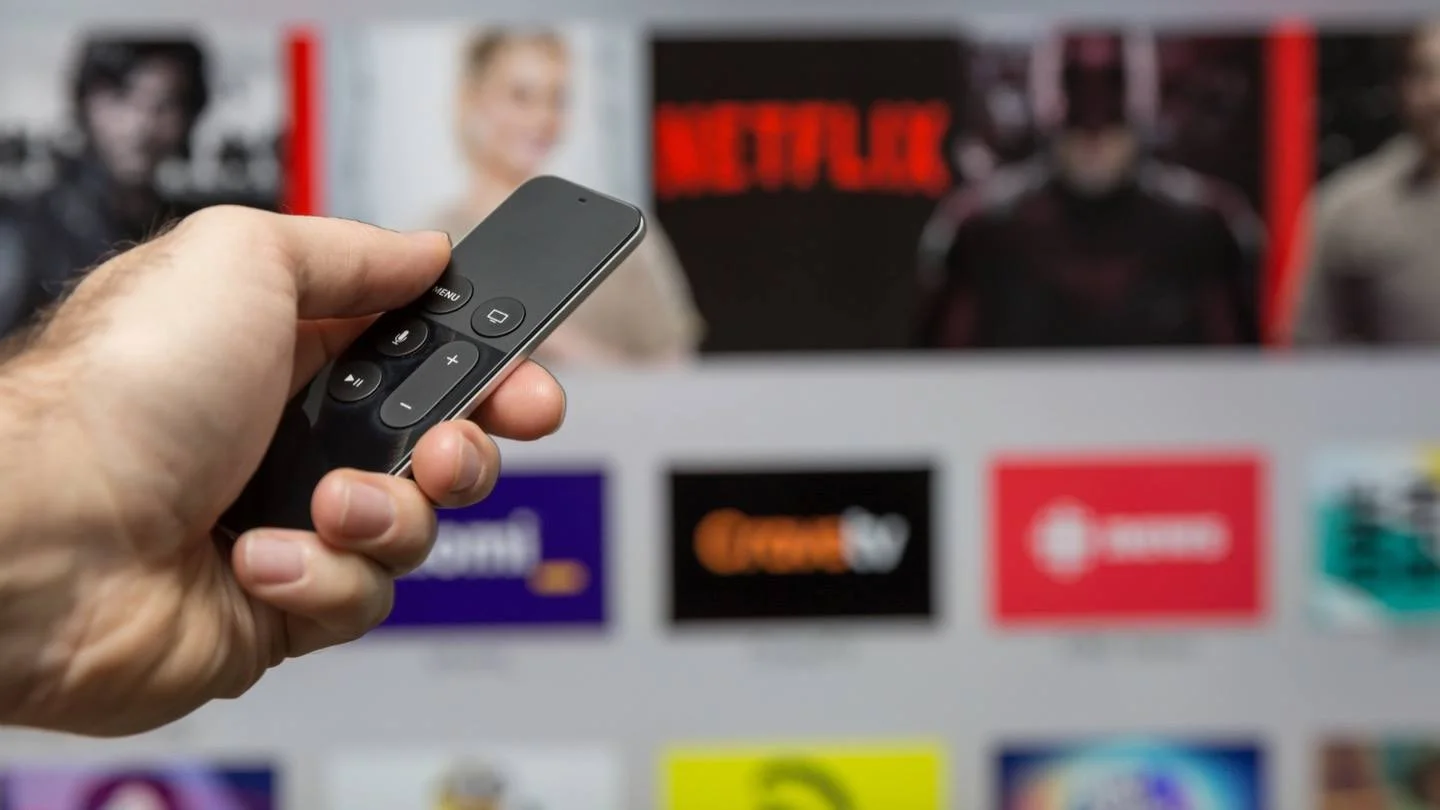How Streaming Services are Changing TV Show Production

The television industry has undergone a significant transformation in recent years, largely driven by the rise of streaming services like Netflix, Amazon Prime Video, and Hulu. These platforms have not only altered how we consume television but also profoundly impacted how TV shows are produced. This article explores the various ways streaming services are reshaping TV show production.
The Evolution of TV Show Production
Traditionally, TV show production was dominated by network and studio systems that focused on broad audience appeal and relied heavily on advertising revenue. Shows were typically broadcast on a weekly schedule, with strict content regulations. The advent of cable and satellite TV introduced more niche programming, but the most profound change came with streaming services. These platforms disrupted traditional methods by offering on-demand access to entire seasons, allowing for a different approach to content creation and distribution.
The Role of Streaming Services
Streaming platforms have introduced a new distribution model that contrasts sharply with traditional TV networks. Instead of weekly episodes, viewers can binge entire seasons at once. This model has led to changes in how shows are structured, with many now featuring serialized storytelling. Additionally, streaming services operate globally, facilitating international content distribution and influencing production decisions to appeal to a wider audience.
Financial Implications
The financial dynamics of TV production have shifted significantly with the rise of streaming services. These platforms often invest heavily in original programming, leading to higher production values and the ability to attract top-tier talent. This increased spending comes with higher risks, as the success of a show directly impacts subscriber numbers and revenue. To mitigate risks, streaming services invest in a diverse range of content to appeal to various audience segments.
Content Diversity and Original Programming
One of the most notable impacts of streaming services is the expansion of content diversity. These platforms have encouraged the exploration of new genres and themes, leading to the emergence of shows that push boundaries and explore unconventional topics. Additionally, the emphasis on original programming has shifted the focus from reruns and syndication to fresh, innovative content exclusive to streaming platforms.
Creative Freedom and Innovation
Streaming services have provided creators with more freedom and opportunities for innovation. With fewer constraints from network executives and commercial pressures, creators can experiment with new storytelling methods and narrative structures. Successful shows like “Stranger Things” and “The Crown” exemplify how streaming platforms allow for creative risks and bold storytelling, resulting in critically acclaimed series.
Changes in Viewing Habits and Audience Expectations
The rise of streaming services has dramatically changed how audiences consume TV. On-demand viewing has become the norm, with viewers expecting high-quality content that is accessible anytime and anywhere. This shift has elevated production standards, as creators strive to meet the heightened expectations of modern audiences, who now prioritize quality over quantity.
Global Reach and International Production
Streaming services have facilitated the global expansion of TV content. By engaging in international co-productions, platforms have enriched programming with diverse cultural elements and appealed to global audiences. The success of international shows like “Money Heist” and “Squid Game” demonstrates the growing acceptance and demand for foreign-language content, which streaming services have helped bring to a wider audience. Visit melanomag to read more about popular programs.
The Future of TV Show Production
As technology and audience preferences continue to evolve, streaming services are expected to drive further innovation in TV production. Traditional networks will need to adapt by embracing streaming models or finding new ways to differentiate themselves. The ongoing competition between streaming services and traditional media will likely lead to a dynamic and evolving industry, with streaming platforms continuing to shape the future of television.
Conclusion
Streaming services have undeniably transformed the television production landscape. By introducing new distribution models, altering financial dynamics, and expanding content diversity, these platforms have redefined how TV shows are created and consumed. As the industry evolves, streaming services will remain a driving force, shaping the future of television in exciting and innovative ways.








